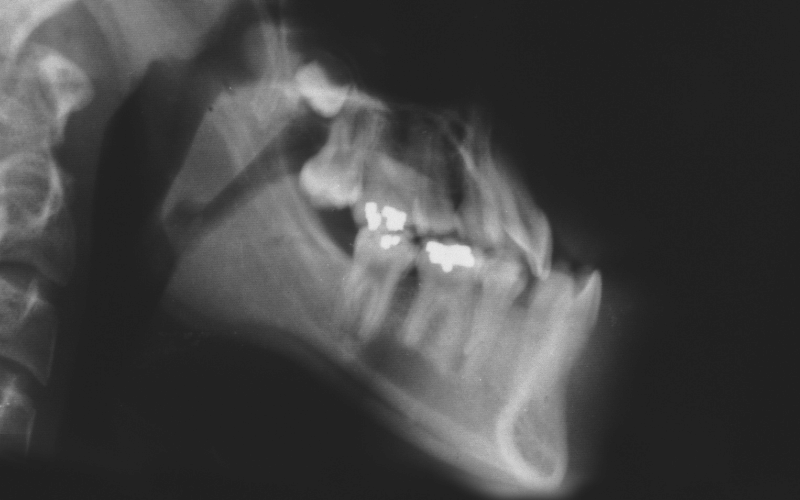Introduction: Delving into the World of Prognathism
You may have come across the term ‘prognathism’ during a visit to the orthodontist or perhaps in a biology class. While the term itself may not be in everyday use, its implications are seen and experienced by many worldwide. Derived from the Greek word ‘prognathos’, which means ‘jutting out’, prognathism refers to a projection of the jaw—either the upper or lower—that leads to misalignment.

Misalignment of the jaw might seem like a straightforward issue, but behind it lies a world of genetics, history, societal perceptions, and medical solutions. The complexities associated with prognathism are intriguing, shedding light on a condition that historically signified nobility and today can symbolize a deviation from stereotypical beauty standards.
Now, before you jump to conclusions and classify prognathism as merely a cosmetic issue, it’s important to understand its depth. This condition has physical, emotional, and psychological implications, and it stretches far beyond a simple alignment issue of the upper and lower teeth. From its occurrence in the animal kingdom to its depiction in ancient art, prognathism offers a unique blend of biology, history, and culture.
To truly appreciate the intricacies of prognathism, we’ll be exploring ten vital aspects of this condition. We’ll unearth its causes, delve into its historical significance, and understand the modern treatments available. As we journey through these facts, we’ll see how prognathism isn’t just a medical term but a fascinating intersection of genetics, history, and human experience.
Fact 1: Types of Prognathism

Prognathism is a fascinating medical and anthropological term that refers to the alignment of the jaw. Within this broader term, there are specific variations based on which jaw – upper or lower – is affected. The most common type is Mandibular Prognathism. Often depicted in cartoons or exaggerated in artworks, this condition, where the lower jaw protrudes beyond the upper jaw, is colloquially known as an underbite. This particular alignment can sometimes give the chin a more prominent appearance, and in some cases, even affect the shape and protrusion of the lower face.
On the other side of the spectrum lies Maxillary Prognathism. The antithesis of mandibular prognathism, this condition is characterized by the upper jaw extending out over the lower one. While it’s less commonly discussed in popular media, it’s equally significant in the world of orthodontics. Often referred to as an overbite, this misalignment can result in a pronounced upper lip and even cause the nose to appear more prominent or pushed up.
Differentiating between these two types is crucial, not just for aesthetic reasons but also for functional ones. The type of prognathism can determine potential health implications, from how an individual chews their food to how they pronounce certain words. Furthermore, treatment approaches, durations, and outcomes significantly vary based on this categorization. (1)